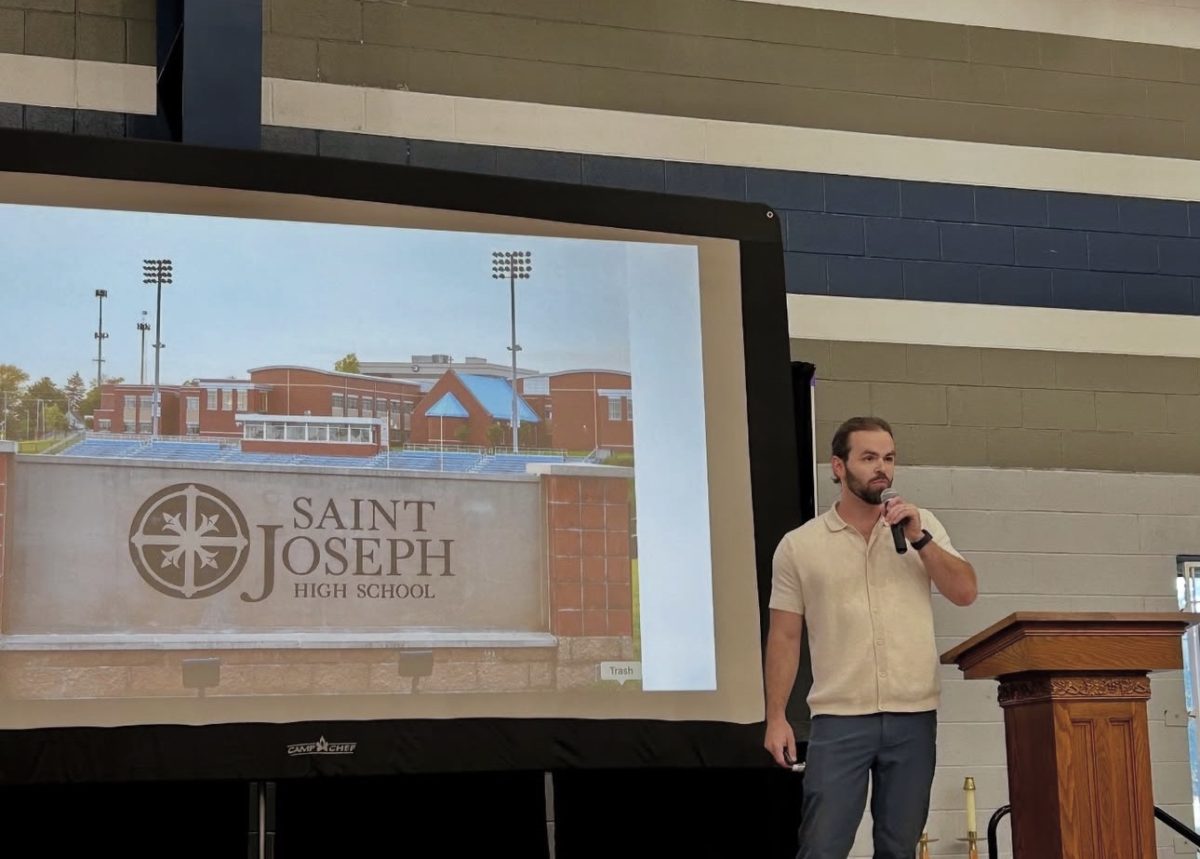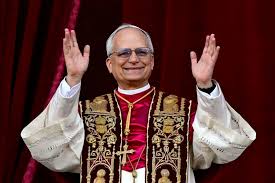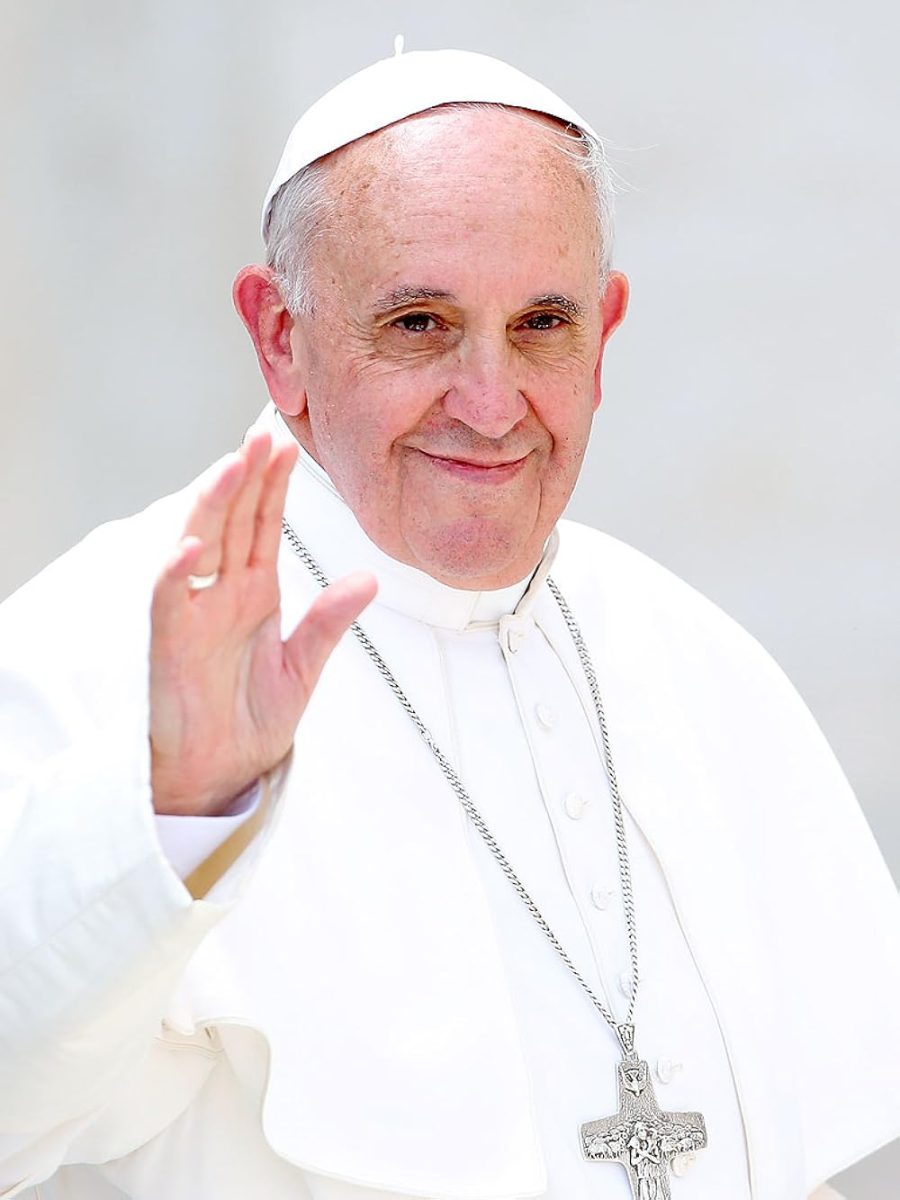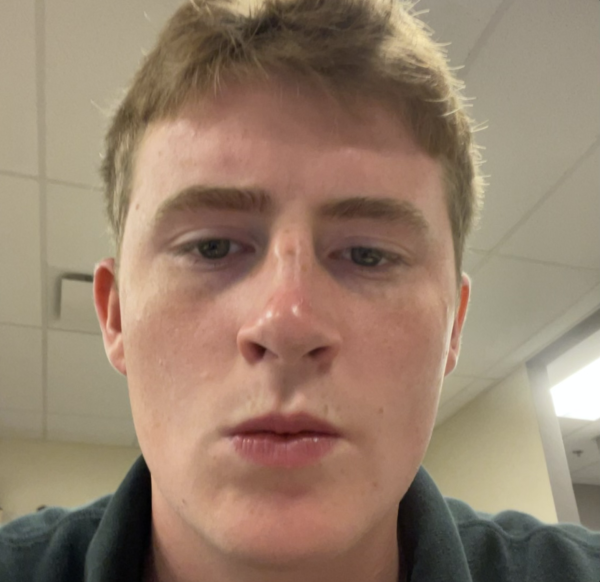Halloween is a widely celebrated holiday throughout the world. 37 separate countries celebrate Halloween, primarily the U.S. When we think of Halloween, trick or treating, scary movies; and dressing up as different people may come to mind. This is historically accurate, but there is a deeper meaning behind the backstory of Halloween. Over 2,000 years ago, in Samhain, the Celtics celebrated the beginning of the new harvest year. October 31st held pagan festivals, and other practices which brought light and enjoyment to the towns. The Celtics believed that the border between the living and the dead dismantled on this night and fires would bring spirits to cross over to the world of the living.
During this time in history, Christianity spread rapidly and did not believe in the customs of Halloween. They resolved this by making all Saints Day on November 1st so they could celebrate this holiday. On all Saints Day, christians honored the saints and martyrs. Since this was more well known, the night before became known as all hallows eve, which was then shortened to Halloween as we know it. The cross between these two days created the celebration traditions of dressing up as spooky creatures and all the other traditions we perform.
In the 19th century, when the U.S. started to thrive, the holiday carried over through traditions which the Europeans carried over. The Holiday was not commercialized and used as a selling point until the 20th century. To this day, Halloween is one of the biggest holidays in the U.S. and will continue to be for years to come.







